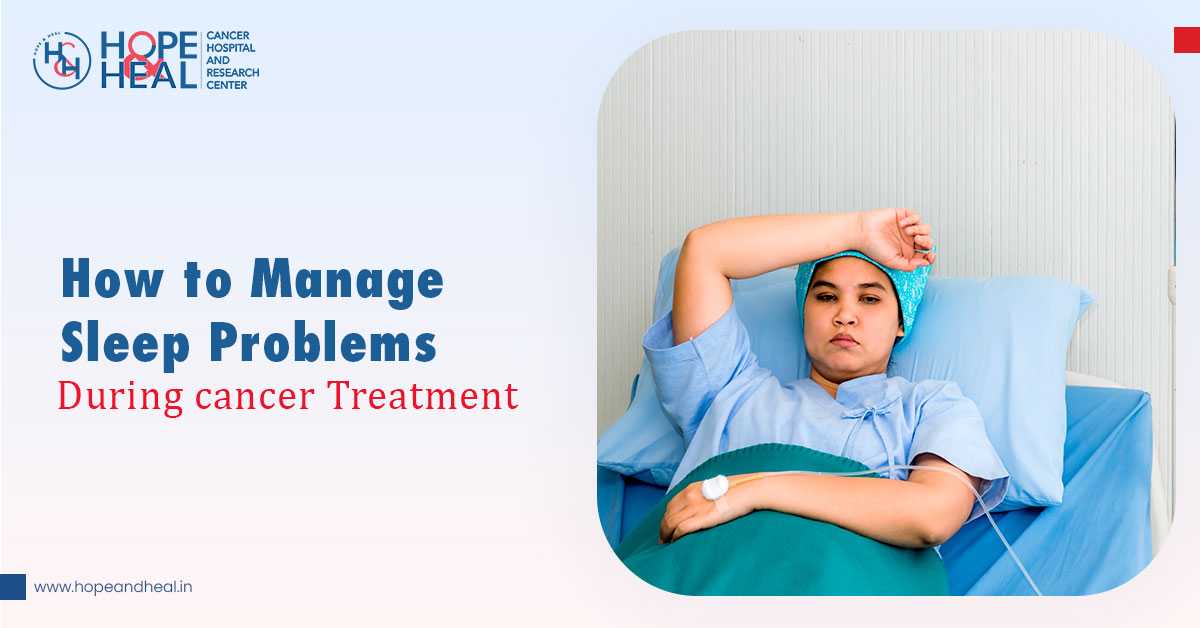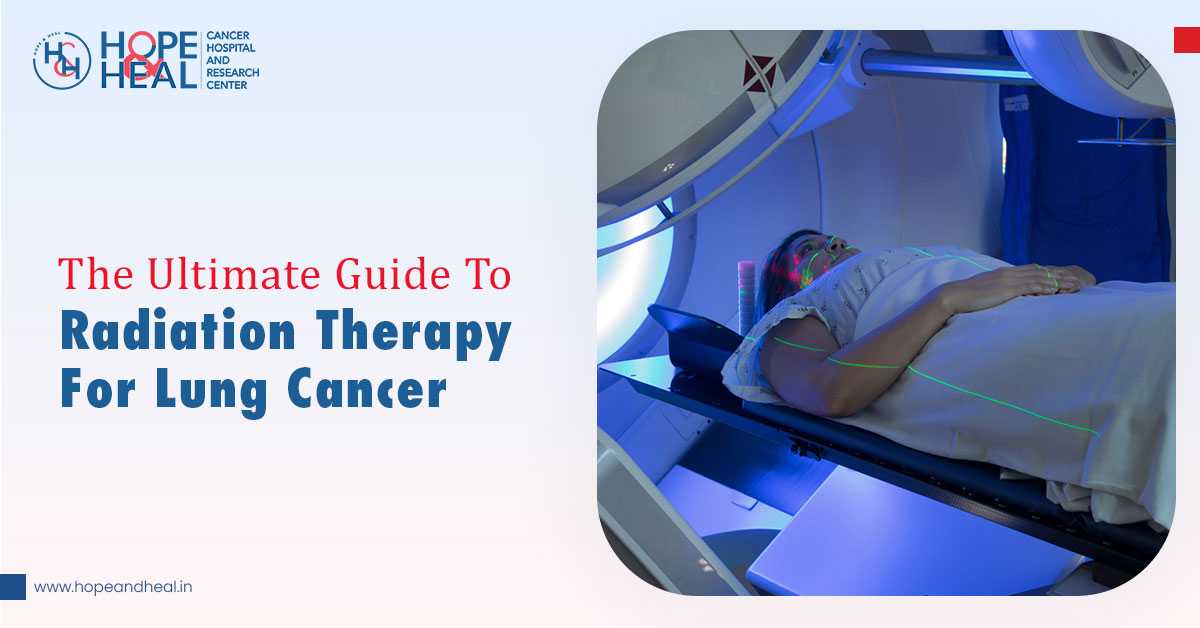Cancerous growth in the blood-forming cells is what leukemia is. Bone marrow is the soft, semi-solid tissue that helps produce blood cells and platelets. The lymphatic system refers to the disease-combating network in your body. Leukemia affects the bone marrow and the lymphatic system. Basically, the condition occurs in white blood cells.
With the development of leukemia, the body’s potential to flighting infections declines. It is of various types. Some of its categories affect individuals younger than 15. Other cancer types are common in people older than 55. For leukemia healing, connect with one of the top cancer specialists at the leading oncology centre in Siliguri.
Knowing the Signs of Leukemia
Signs associated with leukemia include:
- Unintentional weight loss
- Painless swelling of lymph nodes
- Liver enlargement
- Enlarged Spleen
- Bone pain
- Bone tenderness
- Excessive sweating, specifically at night
- Unexplained fatigue, weakness
- Fever, chills
- Bruising easily
- Tiny but visible red spots on the skin termed petechiae
- Shortness of breath
- Bleeding
- Numbness in hands or feet
- Headaches
- Muscle pain
- Stomach discomfort
- Heart palpitation
- Itchy skin
Upon noticing such signs, wise to consult a doctor. The more delay, the higher chance of complications. Developing such signs doesn’t determine you have leukemia for sure. Health symptoms often overlap. Best to see a healthcare provider to rule out the underlying reason.
Much remains unexplored about what leads to leukemia. Researchers pinpoint a few risk factors, such as:
- Exposure to chemical substances like benzene found in gasoline
- A family history of leukemia, especially in a first-degree relative
- Genetic disorders like Down Syndrome are associated with the risk of leukemia
- Smoking cigarettes can increase the likelihood of myelogenous leukemia
- Previous cancer treatments involving certain kinds of chemotherapy may increase the risk of leukemia.
In most cases, individuals with such risk factors don’t get leukemia. Make sure you consult a doctor if have signs similar to this medical condition. Types of leukemia include lymphocytic leukemia, myelogenous leukemia, acute leukemia, and chronic leukemia.
Medical Care to Heal Leukemia
The first step of treatment is diagnosis. In order to determine if you have leukemia, its type, its stage, and location, the oncologist may perfume and order – a physical examination, checking the lymph nodes, reviewing medical history, bone marrow biopsy, blood tests, spinal tap, CT scan, MRI, PET scan, X-rays, etc.
After ruling out the condition, now your oncologist prepares treatment setups. Treatment of leukemia includes – Chemotherapy, targeted therapy, immunotherapy, radiation therapy, and bone marrow transplant. One may not require all such cancer therapies. Doctors decide on medical care based on your age, overall health condition, the extension of cancer, and the location of the cancer.
There’s no exact way to prevent leukemia since the root cause is unknown. Refrain from its risk factors, such as avoiding smoking tobacco, chemical exposure. If you have a family history of leukemia, talk to your doctor early on. Healthy food choices and lifestyle modifications look after your well-being.




